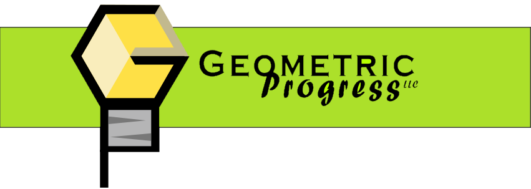About Us
Geometric Progress LLC was founded on September 27, 2016 by the current Director, Gregory Peele Jr, as a small-business limited-liability company registered to do business in Brevard County in the State of Florida. Mr. Peele brings with him over a decade of expertise in software design, software development, technical marketing, and project management in the defense industry. He started the company to provide more flexibility for himself and value for his clients, particularly when providing subject matter expertise on topics including synthetic environments, geospatial information systems, geometric algorithms, databases, and parallel/distributed processing.
Exciting software opportunities are on the horizon, and we hope to share more about that soon.
For potential clients, we offer a labor rate sheet on request suitable for any project you might have in mind. We are pleased to offer Time & Materials (T&M), Cost Reimbursement, and Firm Fixed Price (FFP) proposals appropriate for the nature of your project.
About The Director
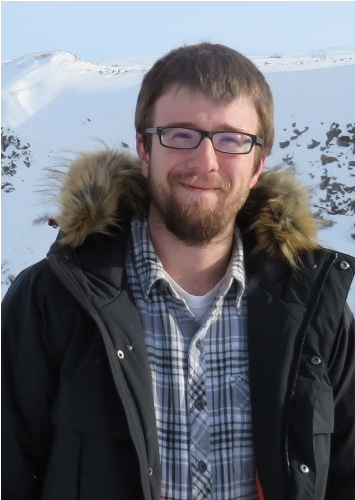
Gregory William Peele Jr.
Background and Education
Gregory Peele Jr. is the founding Director of Geometric Progress LLC. He provides over a decade of experience in software design, software development, technical marketing, and project management. An Orlando, Florida native, he obtained his Bachelors of Science in Mathematics and his Bachelors of Science in Computer Science in May, 2005 from the University of Central Florida. Some of undergraduate research include attempting to generalize the nature of the division operation outside of algebraic fields, and attempting to develop an evolutionary algorithm to optimize the strategy of a two-player asymmetric competitive game. While ultimately neither line of research was fully successful, they demonstrate Mr. Peele's eagerness to tackle challenging outside-context problems even as an undergraduate student.Synthetic Environment Production
Mr. Peele then joined Applied Research Associates, Inc. as a software developer, where he continued to work for the next 11 years. Mr. Peele was one of the original team members for the Rapid Unified Generation of Urban Databases (RUGUD) program and has been instrumental in its success. The RUGUD program is a successful effort to develop an end-to-end synthetic environment production pipeline to combine and normalize disparate geospatial source data formats and sources into a correlated set of runtime environment products suitable for military simulations and games. RUGUD has been successfully deployed to multiple sites in the US Army and in the Defense Threat Reduction Agency (DTRA).
Mr. Peele designed, supervised, and personally implemented many of the key systems in RUGUD, helping to ensure a coherent and consistent design across an 800,000 line C++ code base over 10 years. Most notably, he designed and personally implemented the high-performance Delaunay TIN triangulation service that is critical to the production of triangle-based terrain formats including OneSAF OTF, JSAF CTDB, OpenFlight, and NVIG ERF formats; he also designed and performed the initial implementation of the RUGUD services to produce each of these military formats. Mr. Peele also designed and supervised the implementation of the first two versions of the RUGUD project file format using an SQL database; his expertise with this format was critical in ensuring the timely release of RUGUD 1.0 in 2007 all the way to RUGUD 3.5 to support the US Army Games for Training initiative in 2015. He also reverse-engineered and reconstructed the high-level design of the Urban and Underground Model Generator (U2MG) component of RUGUD to propose a more streamlined and performant approach to building interior generation. From 2013-2016, Mr. Peele served as the technical lead supporting ARA program managers Dr. Andy Li and Mr. Jaime Soto transitioning RUGUD into the DTRA Force-on-Force Evaluation and Analysis of Key Performance Parameters (FREAK) program and the US Army PEO STRI Synthetic Environment Core (SE Core) program respectively.
The Layered Terrain Format
However, Mr. Peele is best known for his visionary role in the Layered Terrain Format (LTF) in support of US Army Research Lab. Mr. Peele served as the key technical designer of the LTF synthetic runtime environment since its inception in 2007 for the US Army PEO STRI OneTESS program, and took on primary program management responsibilities as the principle investigator from 2010 onward. He applied principles of computational geometry, No-SQL database design, and compact binary format encoding to develop a synthetic environment spatial format and runtime service uniquely suited for conducting real-time analysis of very high-resolution terrain (1m or finer) on extremely limited devices – the initial device target in 2007 was essentially a custom cell phone comparable to a Pentium II desktop. Mr. Peele was instrumental in delivering the first C++software version of LTF months ahead of schedule with a functional terrain loading service, terrain production service via RUGUD, and a runtime line-of-sight service – the threshold needed to support geometric pairing for electronic bullet modeling.
Under Mr. Peele’s management, LTF continued to advance as a solution for terrain analytics on mobile and constrained devices. He developed an initial collision detection service, developed a conceptual model and production service for incorporating building interiors, and incorporated radio-frequency propagation models into the terrain analytic services for both NASA and the US Military Academy at West Point. He also created a desktop 3D rendering view for LTF terrain databases using the visualization components from RUGUD. He successfully used this application to provide a prototype mission planning tool for the US Office of Naval Research investigation into Undersea Fused Inferred Targeting (UFIT) for autonomous submarine navigation. Mr. Peele also refined the LTF navigation component, originally developed by Dignitas Technologies to support infantry obstacle avoidance, to meet West Point goals for tactical route planning of infantry accounting for load, metabolic cost, enemy line of sight, and friendly fire zones.
Mr. Peele’s vision for LTF culminated in the initial draft specification for LTF 1.0 delivered to US Army Research Lab. He used this specification to define a single coherent object model for all aspects of the synthetic environment – raster, vector, point cloud, mesh, texture, model, shader, and non-physical products. He also developed a notional compact yet extensible binary encoding comparable in expressive power to XML with significantly lower storage requirement, ideal for network transmission on unreliable connections. He prototyped this encoding using the similar off-the-shelf approach of Google Protocol Buffers. In 2016, he successfully demonstrated production of over 40,000 square kilometers of LTF terrain across the continental United States using this prototype encoding. He also assisted Mr. Jeffrey Lyons in presenting LTF to the Open Geospatial Consortium (OGC) in the March and June 2016 Technical Committee meetings and started the process of deconflicting the LTF object model with the OGC Common Database standard.
Publications
Gregory Peele, Andrew Bertrand, Haris Javaid, Michael Shin, Jaime Soto. “Measuring Rapid Streaming Delivery of Synthetic Environments.” I/ITSEC Conference. 2016.
Alberico Menozzi, Jesse Hansen, Gregory Peele, Stephen Snarski, Colin Merrick. “On the Development of a Framework for Underwater Localization Using All-Source Data.” OCEANS Conference. 2015.
Gregory Peele. “LTF 1.0 Specification.” US Army Research Labs Human Resources and Engineering Directorate. 2015.
Gregory Peele, James Adkison, Julio de la Cruz, Steven Borkman. “Building a Compact High-Fidelity Runtime Database Engine Layer by Layer.” IMAGE Conference. 2011.
Steven Borkman, Michael Hoffman, Gregory Peele. “Empowering Our Warfighter: Using iPhones for Situational Awareness.” I/ITSEC Conference. 2010.
Jesse Campos, Steven Borkman, Gregory Peele, Chuck Campbell. “Towards Cross Domain Terrain Services.” I/ITSEC Conference. 2008.
Steven Borkman, Gregory Peele, Chuck Campbell. “An Optimized Synthetic Environment Representation Developed for OneTESS Live Training.” I/ITSEC Conference. 2007.
The Rest Of Our Team
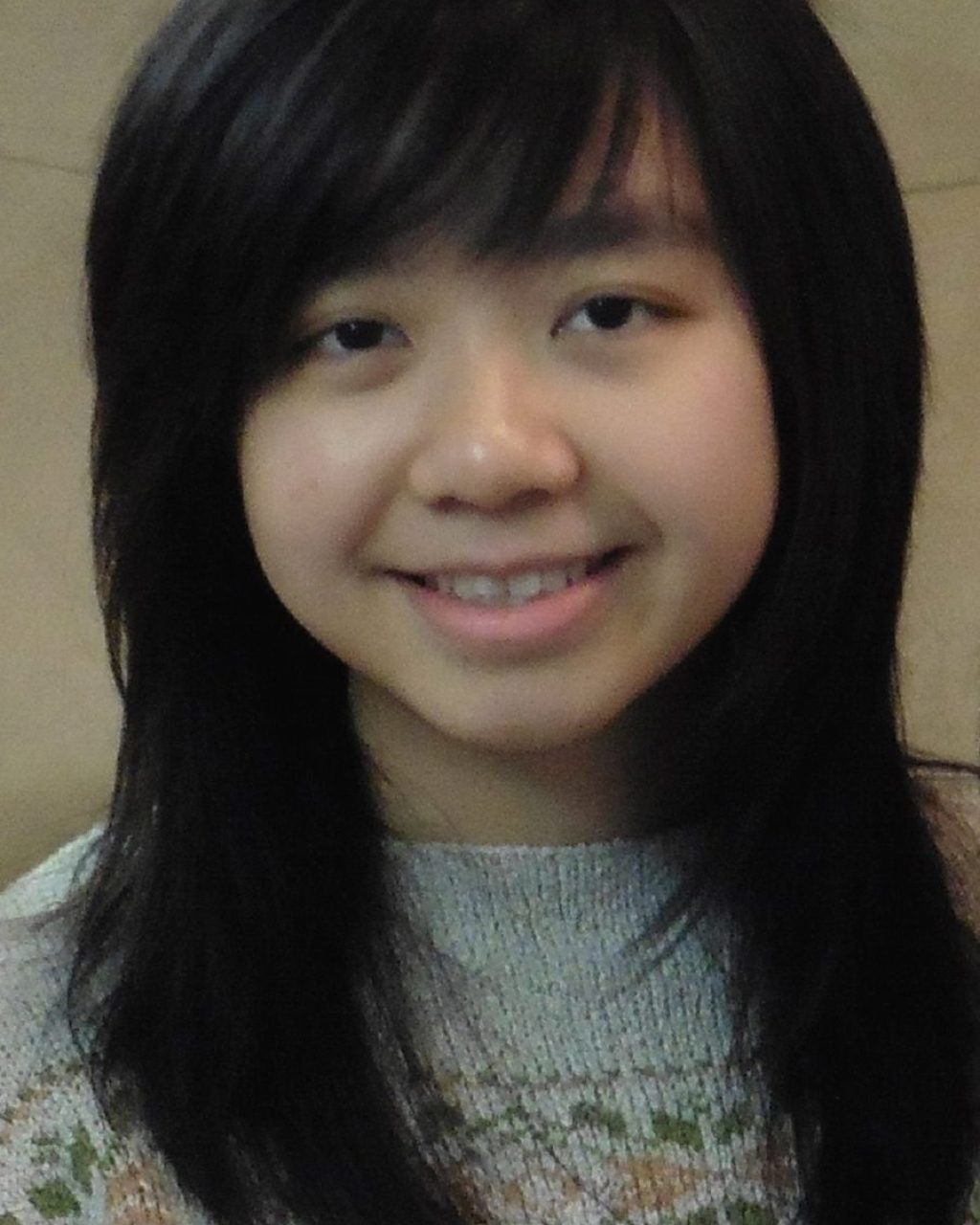
Emily Lam is a Junior Software Engineer at Geometric Progress, LLC. She graduated with a Bachelor’s degree in Computer Science from the University of Central Florida. Here at Geometric Progress, LLC, she enjoys strengthening her skills and facing exciting challenges in learning new technologies. She has worked with data models and created readers and writers for various file types, which has been a great way for her to learn the inner workings and structure of those models and files. Currently, she is using Qt to work on our data model viewer and our AI feature detection image training application. Every day is a new adventure for her and she’s eager to find out what’s next!
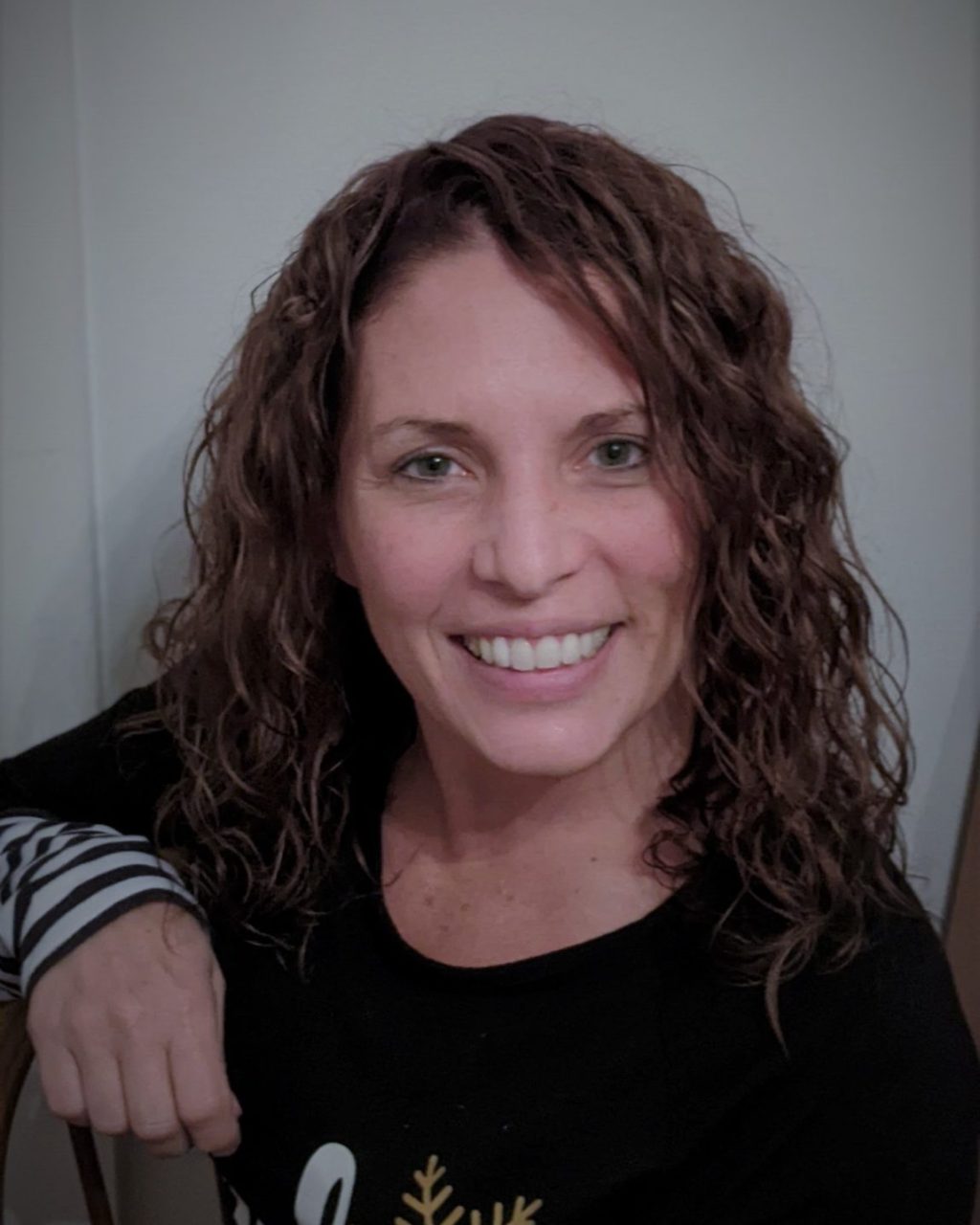
Melissa Sprigg is a Senior Software Engineer for Geometric Progress, LLC. She has a Bachelor's Degree in Computer Science from Michigan State University. After graduation, she worked as a civilian for the Navy on the full life-cycle development of a software system used to evaluate and predict the precise orbit of the satellites in the GPS constellation. As a lead developer of the user-interface, she worked closely with NGA analysists, providing capabilities pertaining to satellite health in order to fully support their mission. She also worked for Parsons Corporation, supporting the warfighter by integrating the use of hand-held mine detectors with VR capabilities to map terrain and identify possible underground threats in real-time. Her recent focus has been the exploration of state-of-the-art deep learning techniques to develop, integrate and optimize an end-to-end AI pipeline. She is excited to see where this new expertise will take Geometric Progress, LLC.
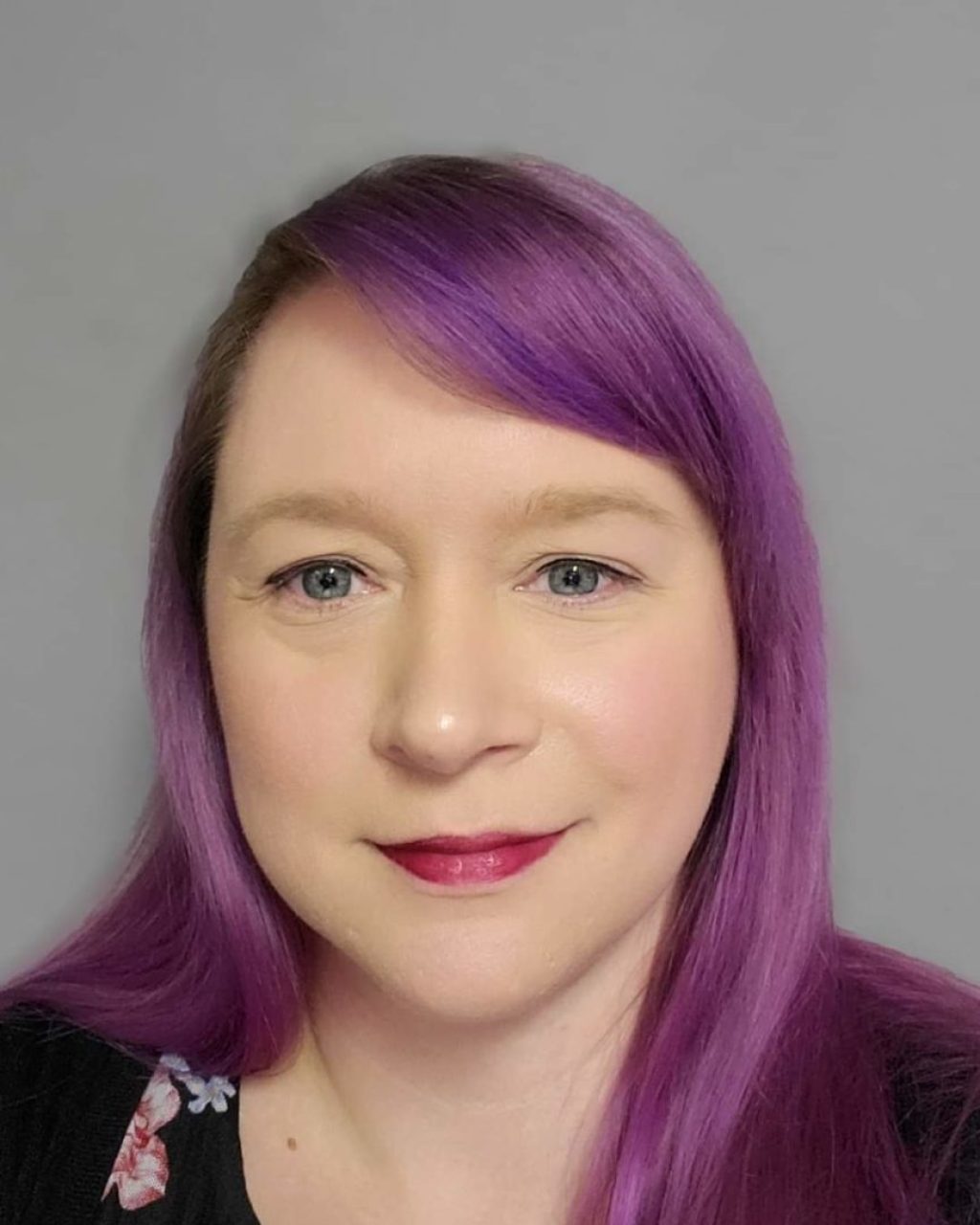
Mari Peele is a Junior Software Engineer currently enrolled at UCF’s College of Engineering and Computer Science and has worked for Geometric Progress since August of 2019. She has trained on DCAA time recording compliance and currently serves as Timesheet Administrator. Mrs. Peele has worked with OGC standards including OGC Coordinate Reference System Well Known Text. Her work includes, adding read/write capability for PRJ Projection Files and read capability for PNG Palette images to the Layered Terrain Format (LTF), user interface testing for QGeodex, and image research and processing for YOLO training.
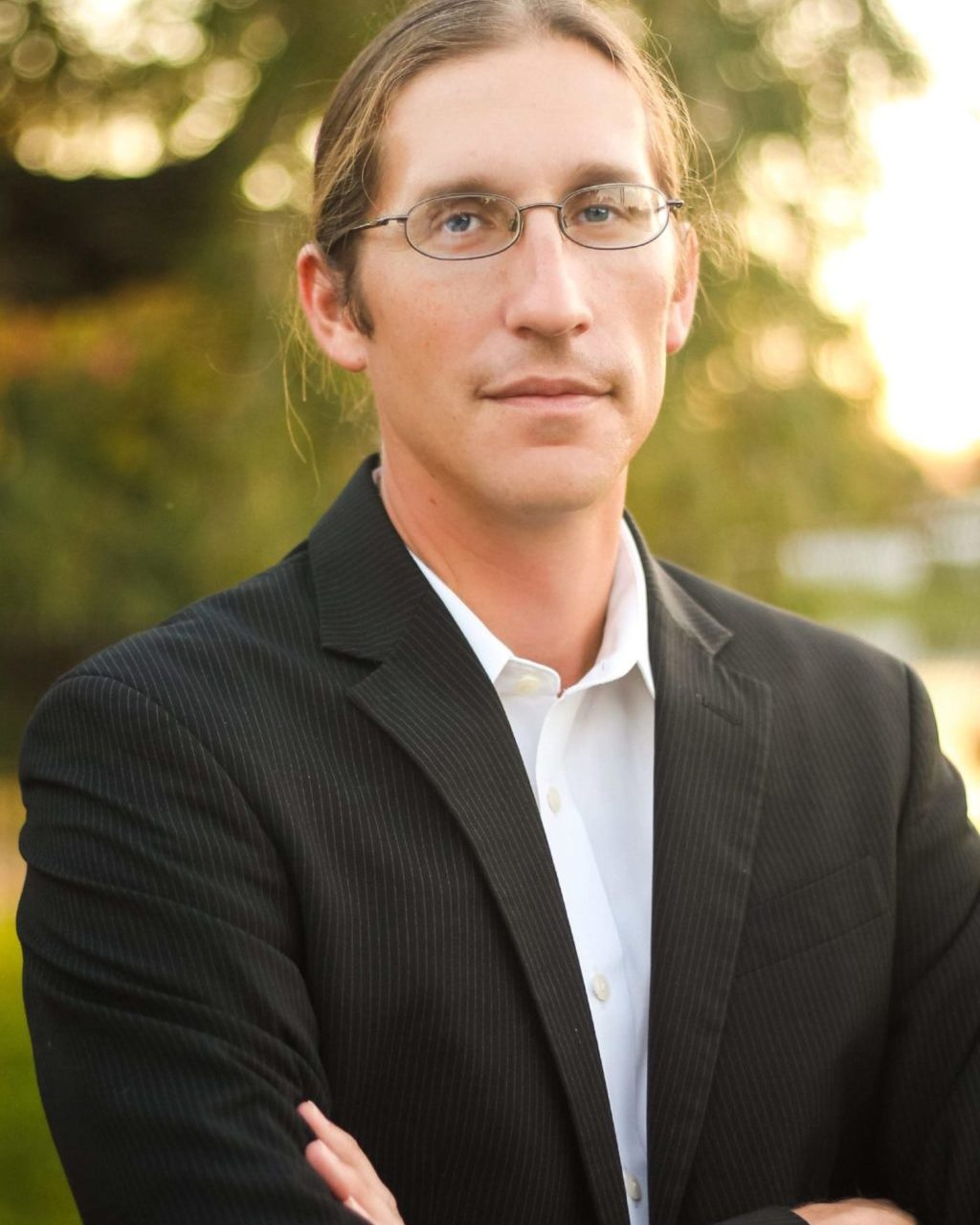
Joseph Kearns is a Junior Software Engineer at Geometric Progress, LLC. He completed a Bachelor’s of Applied Science in Computing Technology and Software Development from Valencia College in May 2022. He is currently pursuing a Master’s of Science in Computer Science from Georgia Tech, with a specialization of Interactive Intelligence.

Carter Koehn is a Junior Software Engineer currently attending Virginia Tech in pursuit of a Bachelor’s Degree in Computer Science (Dec 2023). His insatiable curiosity for machine learning and artificial intelligence has led him to focus on low level implementations of various learning algorithms. Some of his projects include an implementation of Monte-Carlo Tree Search (MCTS) applied to two-player asynchronous games such as chess, checkers, and tic-tac-toe, an implementation of neuro-evolution and neuro-evolution of augmenting topologies (NEAT) that was used to study the generalization of neural networks as a result of their structure, and his current project, an ML library that includes implementations of various types of neural networks. His independent research defines his motivation and enthusiasm for finding practical and theoretical solutions to complex problems.
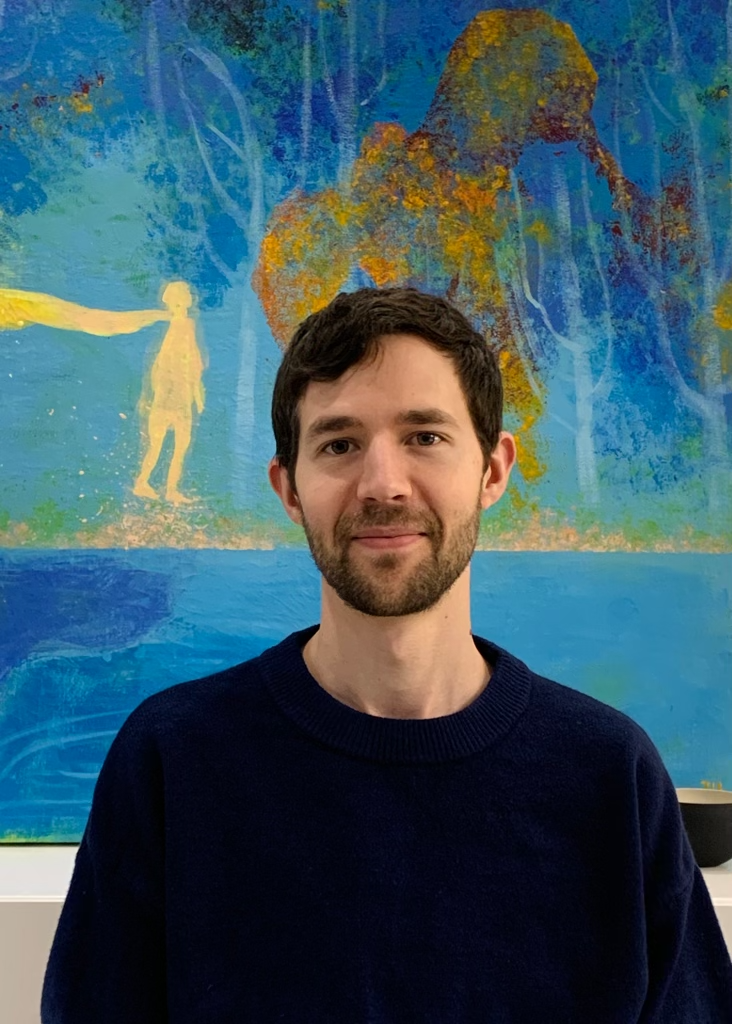
Nathan Duddles is a Junior Software Engineer at Geometric Progress, LLC. He studied Computer Science at the University of Pennsylvania, graduating from the Master of Computer and Information Technology (MCIT) program in May 2024. He has worked as a Teaching Assistant and Head Teaching Assistant for various CS courses at UPenn since August 2021 and completed a software development internship at Boeing Intelligence and Analytics during the summer of 2023. He is currently pursuing a Master’s of Science in Computer Science from Georgia Tech, with a specialization in computing systems.

David Rabinovich is a Junior Software Engineer at Geometric Progress, LLC. He graduated with a Bachelor's Degree from Queens College in January 2023, majoring in Computer Science and minoring in Mathematics. While completing his degree, David spent two summers interning at The Glimpse Group, a company that builds software for the Metaverse. His main role there was delivering an app that allows anonymous meetings to take place in Virtual Reality. This app is particularly helpful for private groups such as Alcoholics Anonymous, confidential doctor visits, and other private events. David is eager to take the knowledge he learned in school and during his internships to work on and advance the goals of Geometric Progress.

Santiago Guzman Jr. is a Junior Software Engineer at Geometric Progress, LLC. He is currently enrolled and pursuing his Computer Science Bachelor's Degree at Full Sail University. Here at Geometric Progress LLC, he enjoys leveraging his programming and debugging skills to help improve application scalability, reliability, and usability.
